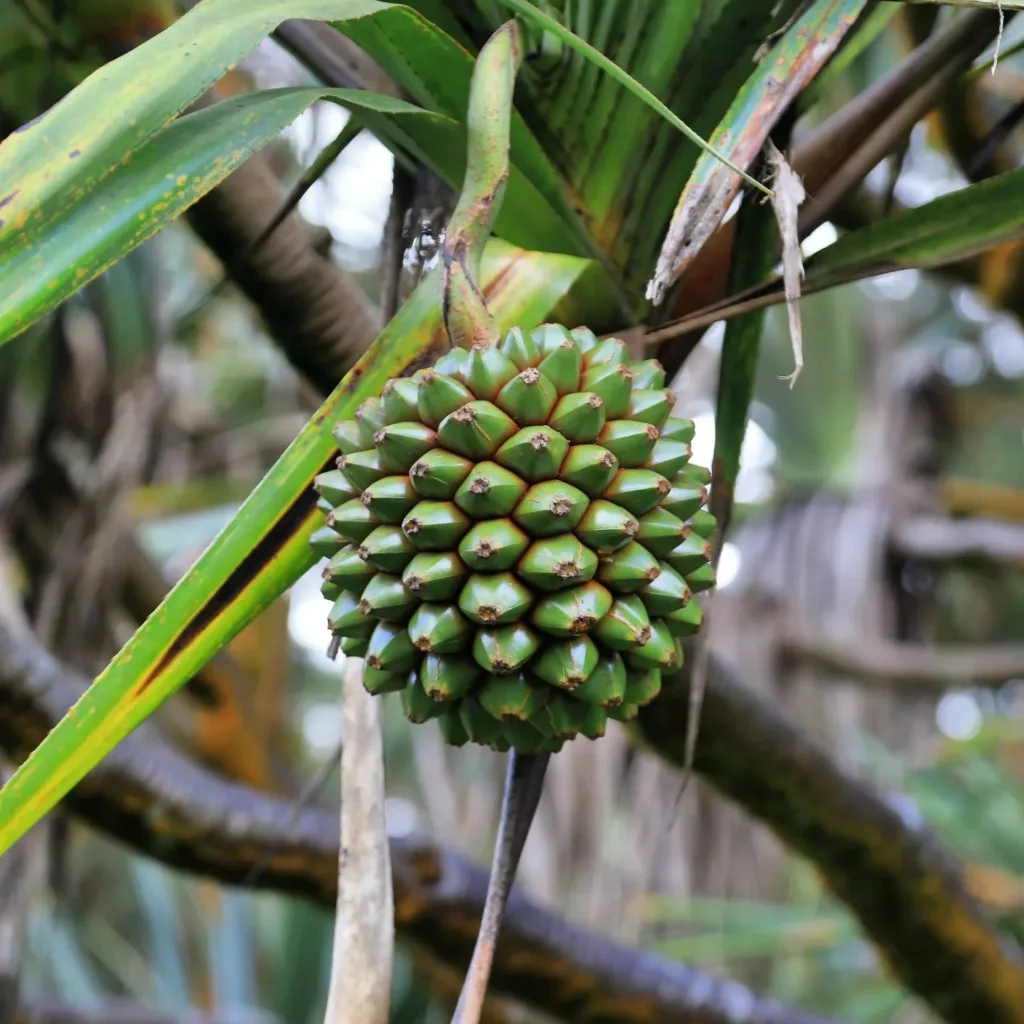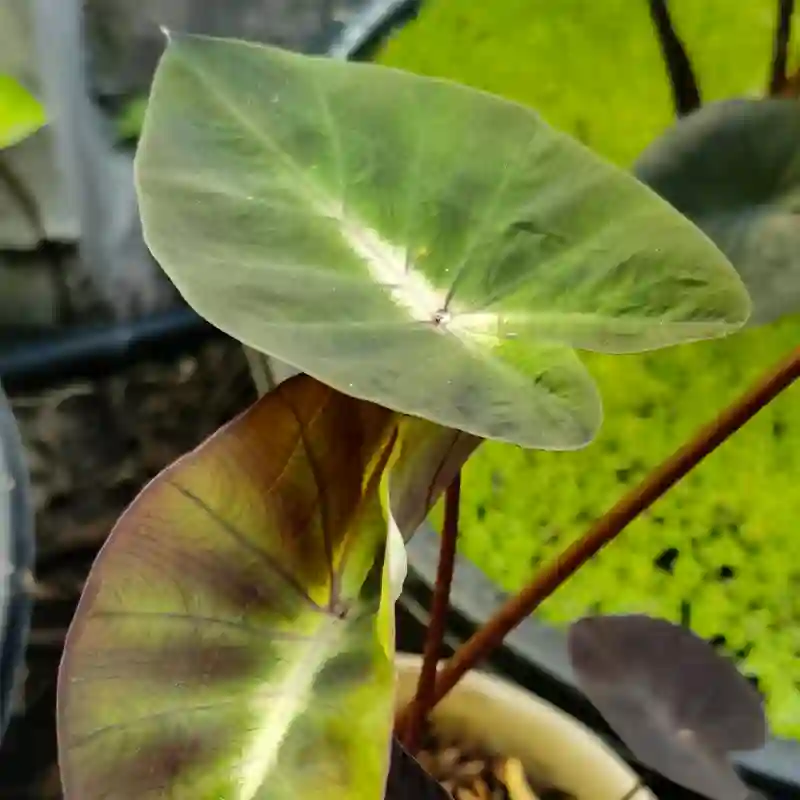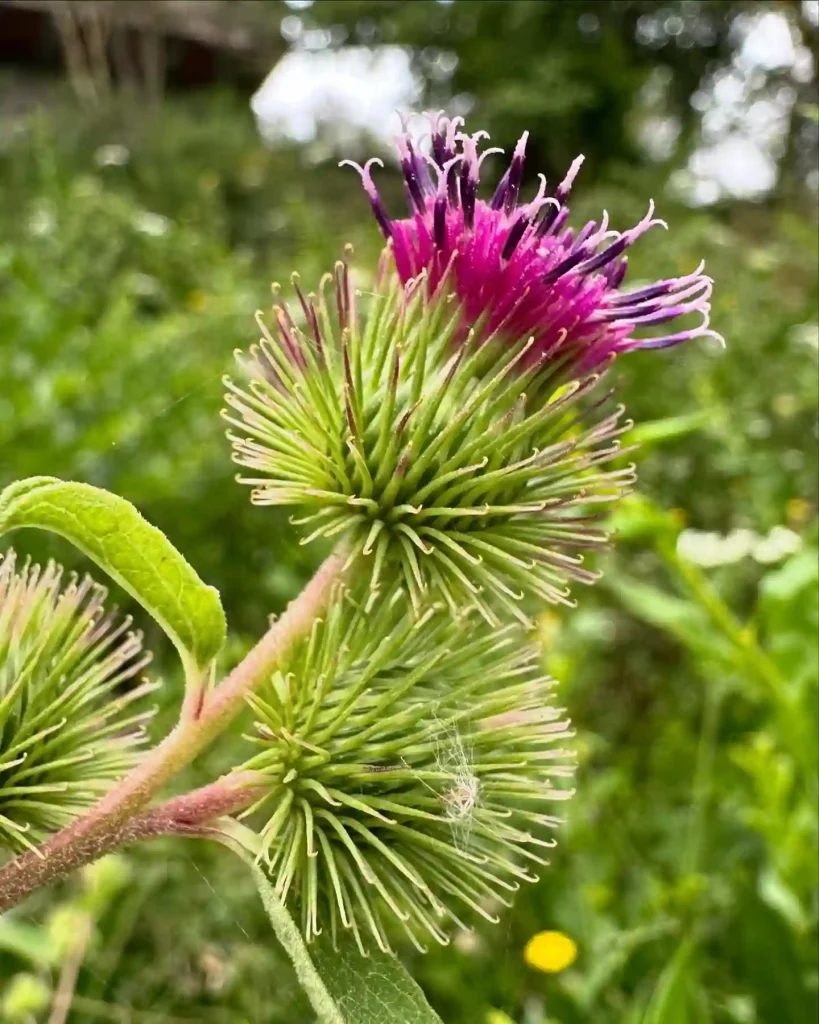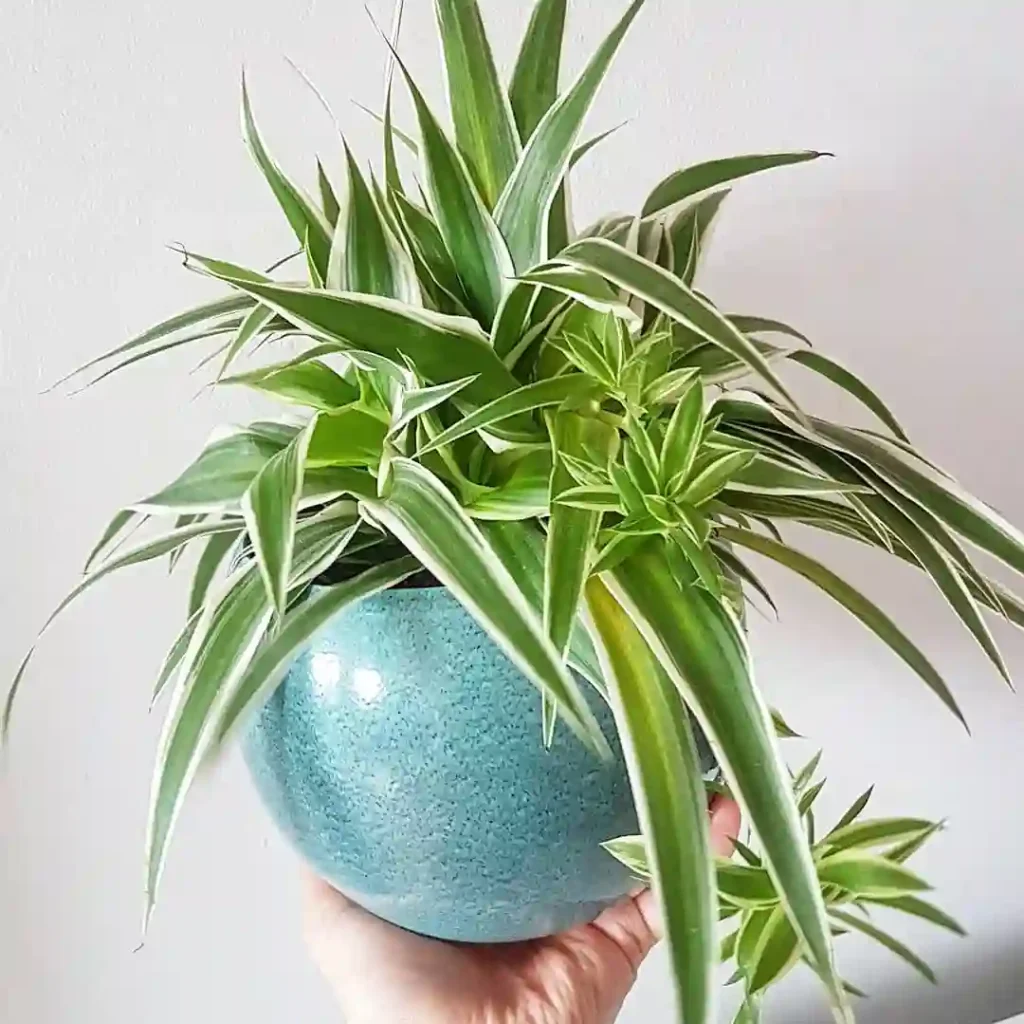March 13 – Garcia
"Garcia, the bold shrub, represents March 13."
This plant symbolizes courage and determination. You face challenges head-on and inspire others to do the same. Like Garcia, your presence commands respect and admiration.
The Enigmatic Garcia: A Personal Exploration
My name is Ferb Vu, and I’ve always been drawn to the intricate world of botany. The sheer diversity of plant life, the way species adapt and evolve, it all fascinates me. Recently, my attention was captured by a rather obscure genus: Garcia. It’s not a household name like a rose or an oak tree, but that’s part of what makes it so intriguing. I decided to delve deeper, to learn all I could about this understated genus.
Unmasking the Garcia Genus
Garcia is a genus of flowering plants belonging to the family Euphorbiaceae. This family is massive, containing over 6,000 species, and it’s known for its incredible variety. Everything from the rubber tree to the poinsettia falls under the Euphorbiaceae umbrella. But Garcia holds a unique position within this family. It’s the sole member of the subtribe Garciinae, making it a bit of a botanical loner. First described in 1792, this genus is native to Central America, Mexico, Colombia, and Venezuela. It’s also managed to naturalize in parts of the West Indies, demonstrating a certain resilience and adaptability.
One of the things that struck me about Garcia is its relative obscurity. There isn’t a wealth of information readily available, which only fueled my curiosity. What I did find painted a picture of a genus that’s both understated and significant. The plants themselves are typically shrubs or small trees, often found in seasonally dry tropical biomes. They may not be the flashiest plants in the forest, but they play a vital role in their ecosystems.
A Closer Look at the Species
The Garcia genus is relatively small, currently encompassing only two recognized species:
- Garcia nutans: This species is the more widespread of the two. It’s found throughout Mexico, Central America, Colombia, and Venezuela. Garcia nutans is known for its slightly drooping flowers and its fruits, which are capsules containing oily seeds. Interestingly, these seeds have been traditionally used for both medicinal and animal feed purposes.
- Garcia parviflora: This species has a more limited distribution, found primarily in the Mexican states of Chiapas, Tabasco, and Veracruz. As its name suggests (parviflora meaning “small-flowered”), it’s characterized by its smaller blooms compared to Garcia nutans.
While these two species represent the currently recognized members of the genus, it’s possible that further research and exploration could uncover more. The botanical world is full of surprises, and Garcia may still hold some secrets.
The Importance of Botanical Research
My exploration of the Garcia genus has reinforced my belief in the importance of botanical research. There’s so much we still don’t know about the plant kingdom, and every genus, every species, has a story to tell. Garcia, despite its unassuming nature, plays a role in the delicate balance of its ecosystems. Understanding its biology, its distribution, and its potential uses can contribute to conservation efforts, sustainable practices, and even the discovery of new medicines or materials.
In a world facing environmental challenges, the study of plants like Garcia becomes even more crucial. By understanding how these plants adapt and thrive, we can gain insights into the resilience of nature and potentially apply that knowledge to our own efforts to protect the planet.
Continuing the Journey
My journey into the world of Garcia has just begun. I plan to continue my research, delving into scientific papers, exploring botanical databases, and perhaps even seeking out these plants in their natural habitats. There’s a certain thrill in uncovering the hidden stories of the natural world, and I’m eager to see what else I can learn about this enigmatic genus. Who knows what discoveries await? Perhaps I’ll even stumble upon a new species, adding another chapter to the Garcia story. The possibilities, like the diversity of the plant kingdom itself, are endless.
If i die, water my plants!



